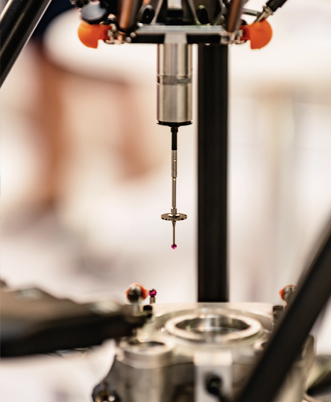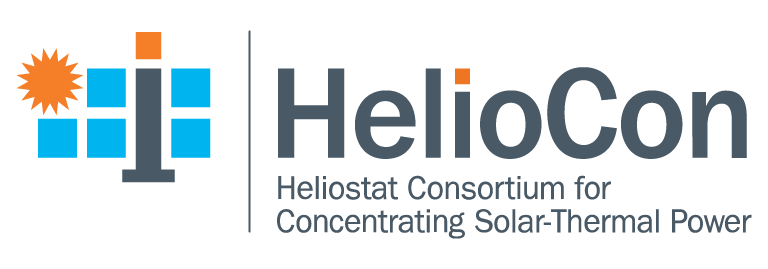
Metrology and Standards
Lead: Guangdong Zhu, NREL Guangdong.Zhu@nrel.gov
Co-Lead: Randy Brost, SNL rcbrost@sandia.gov
Necessary metrology techniques and standards are fundamental for any product design, prototyping, engineering and improvement. The uniqueness of opto-mechanical metrology requires mutual validation between different technology on same measurement parameter. Thus, a gap on metrology would be satisfied only when:
- At least two viable metrology techniques for a given measurement parameter are available for the whole CSP industry.
- Any viable metrology technique is validated against a different trusted metrology technique or ground-truth article.
With respect to the heliostat technology, opto-mechanical characterization of heliostat performance would have a dominating impact to the performance of a commercial-scale heliostat-based system and, however, is extra-ordinarily difficult to accomplish at various stages such as product prototyping, mass-production control, and in-situ operation. For example, a degradation of 2 mrad in slope error or its equivalent may result into about 20% reduction of annual energy. Thus,
- HelioCon intends to work with the international communities on conducting round-robin tests on various types of available metrology technologies on opto-mechanical errors.
- HelioCon plans to devote to the core opto-mechanical metrology development for in-door and in-situ environments.
- HelioCon calls for industry’s collaboration to develop solar receiver flux real-time assurance tool which will be available to the whole industry. This tool would rely on available opto-mechanical metrology in fields.
Gaps in standards such as site characterization, heliostat design, heliostat testing, heliostat field design and heliostat field acceptance test protocol, unfortunately results into significant barriers for new players, elongated design cycle, less confidence from potential investors and potential difficult arbitration between various involved parties for a given projects. The gaps on standards can only be addressed through a collaborated effort from the whole international community. Here is a brief summary of top-ranked standard efforts:
- Heliostat terminology standard
- Heliostat design guideline
- Heliostat solar field design/simulation guideline
- Heliostat test guideline
- Heliostat solar field acceptance test guideline
- Site characterization guideline

Soiling
Lead: Michael Cholette, ASTRI michael.cholette@qut.edu.au
Maintaining high reflectance of a CSP solar field is of paramount importance for the economics of the plant. One of the key reasons for degradation is the loss of reflectance due to the accumulation of dust on the surface of the heliostats. Reports have indicated that these soiling losses can vary significantly from site to site—from a few tenths of a percentage point to a few percentage points per day, depending on the site characteristics. These losses have led CSP operators to periodically clean heliostats using a number of different cleaning apparatus, but these operations can be expensive and have been identified as a key opportunity to reduce costs. Moreover, the disparity in soiling rates across different sites has made the planning of soiling mitigation measures (e.g., cleaning resources, schedules) difficult, particularly at the time of site selection.
